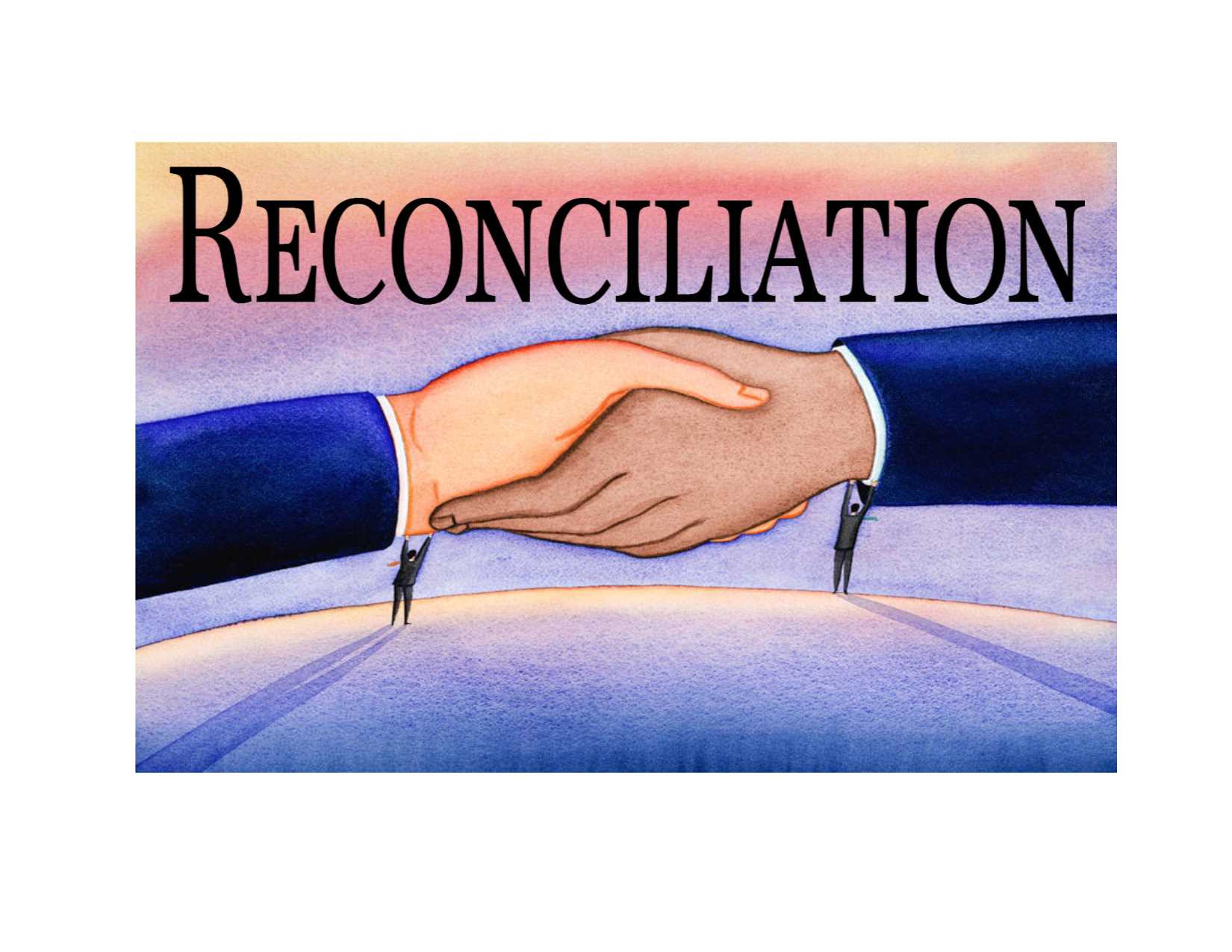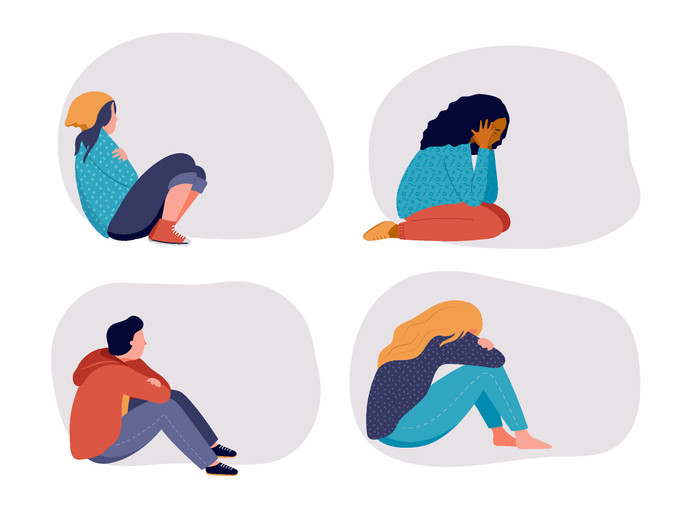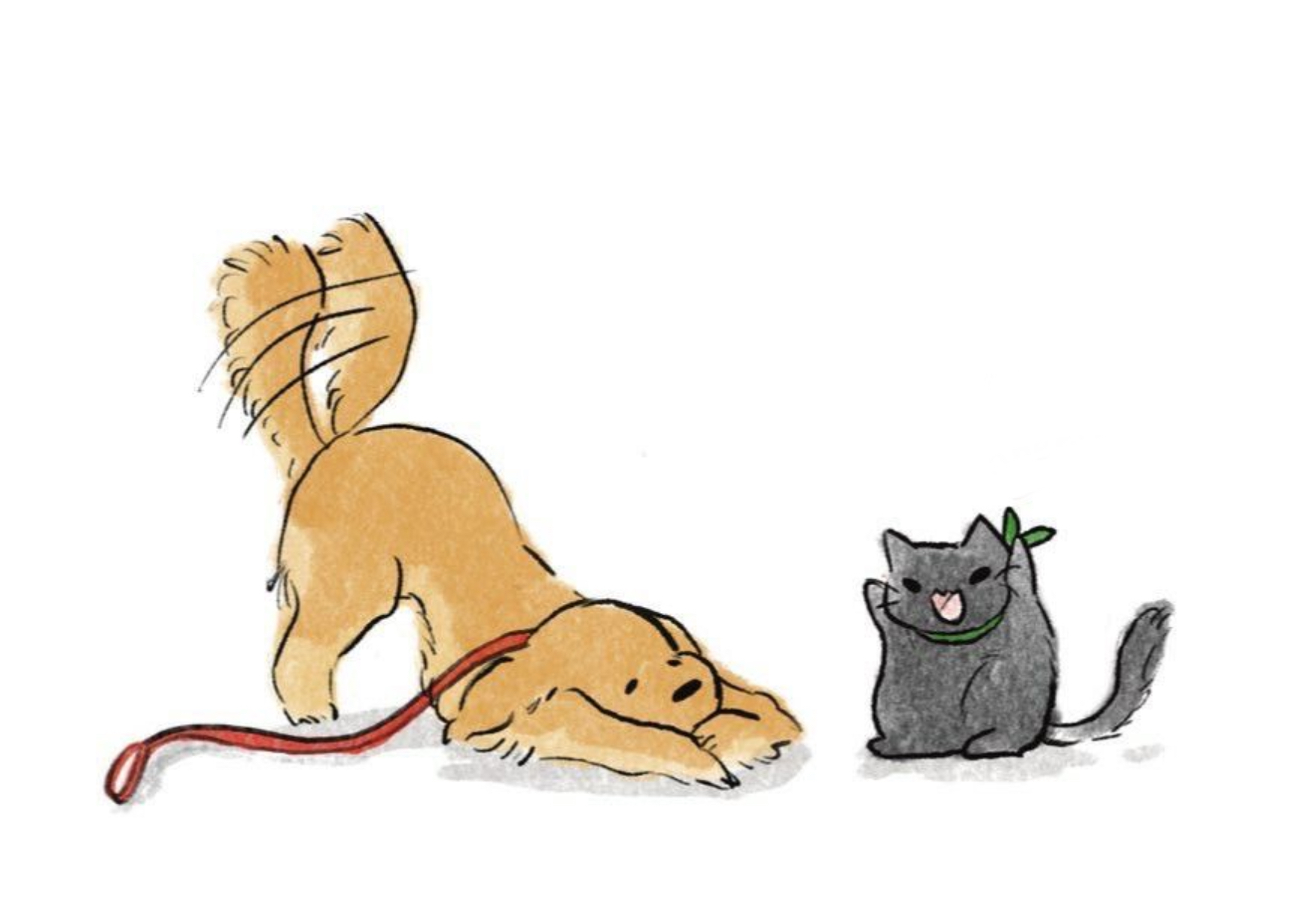Parnian Esmaeilishayeh (12) | STAFF REPORTER
The addition of Indigenous studies in the academic curriculums marked a crucial step toward reconciliation and raising awareness.
The Ontario government, led by the Minister of Education Stephan Lecce and Minister of Indigenous Affairs Greg Rickford, added these courses to the curriculum in 2021 for students from grade 1 to grade 12 (King’s Printer For Ontario). In addition, these courses are adapted to universities and colleges. Examples include the INDG courses at university and the NBE3U course in high school. However, some students may question if these courses are genuinely influential or sufficient. Although these courses can be improved, they provide an unfiltered and elaborate view of the history of Canadian First Nations.
The influence of Indigenous studies can be analyzed by looking at the NBE3U course. The NBE3U course offers a comprehensive and detailed introduction to Indigenous culture, history, and experiences through literature and various media. Thus, it familiarizes students with the beauty of Indigenous artwork and the messages conveyed through their work. In addition, the challenges experienced by the Indigenous are discussed to ensure students gain a clear understanding of their realities.
Many students frequently call this course unnecessary as the new generation is abundantly exposed to this history through social media. However, the exposure that this course provides exceeds your average Google search. The Indigenous people have few sources documenting their culture as a result of traditions being passed down verbally. These limitations are combated within the NBE3U course as it uses English-speaking Indigenous authors and media to inform the students. Using Indigenous creators limits bias and provides detailed descriptions from a first-hand perspective, therefore introducing accurate resources to the students.
Familiarizing the students with these media opens up a new First Nation Literature and media genre that most 11th-grade students have yet to explore. Through the NBE3U course, students are introduced to a whole new world of rich history, sparking interest in a topic they may not have previously explored. This spark can foster many active voices to fight for Indigenous rights and raise awareness and compassion for the community.
While these courses can pique the interest of our youth, that is far from saying the courses are perfect. The courses are flawed due to their short time frame, forcing a surface-level approach. The information that is being taught is also not engaging, hindering the students from grasping the content at hand. In addition, the courses spend more time focusing on the trauma experienced by the community in comparison to its successes and contribution. Although focusing on the trauma and admitting to the faults of the past is necessary, not acknowledging the advancements made by the Indigenous population dismisses their impact.
An improvement that can be made is adding workshops with guest speakers. Although teachers have undergone training for this course, it is challenging to answer all the questions of an issue for which we do not have many resources. Community elders can share their experiences and answer the students’ questions. This face-to-face conversation engages students further and allows for better understanding. In addition, the spokesperson can show their successes and contributions, providing more authentic representation. Other ways of improvement include field trips to cultural centers and historical sites and promoting the grade 12 native studies course for further learning.
Although the Indigenous studies courses are a significant step ahead, that should not be where we stop. The government cannot simply implement a few courses and call it a day: there needs to be meaningful reconciliation, like addressing land rights, improving access to healthcare and education, and lowering costs. Without these vital steps, the courses serve as a way to diverge focus and give the illusion of progress.
Works Cited
“Indigenous Studies (INDG) Courses | Department of Humanities.” York University, https://www.yorku.ca/laps/huma/indg/courses/. Accessed 5 January 2025.
King’s Printer For Ontario. “Ontario To Strengthen Mandatory Indigenous Learning in School Curriculum.” New Funding and Curriculum Reaffirms Ontario’s Commitment to Reconciliation, Ontario, 29 September 2021, https://news.ontario.ca/en/release/1000904/ontario-to-strengthen-mandatory-indigenous-learning-in-school-curriculum. Accessed 05 January 2025.



